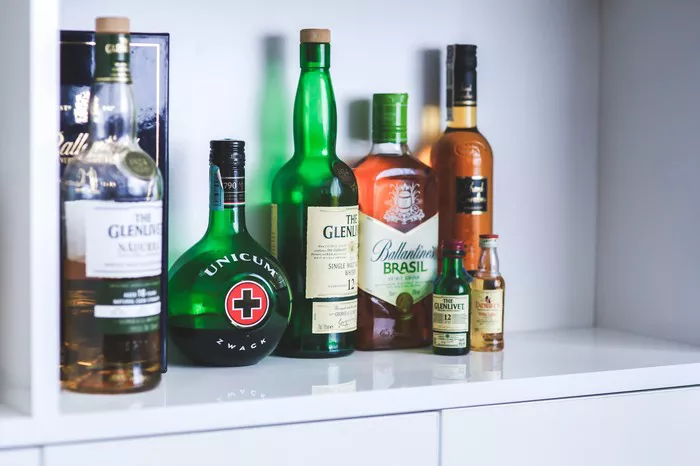The world of cocktails is a vibrant and diverse landscape, with countless recipes and techniques for crafting delicious and innovative drinks. But when it comes to the fundamental methods of mixing cocktails, there are seven primary techniques that every aspiring bartender should master. Understanding these different methods is crucial for creating balanced, well-integrated, and visually appealing cocktails.
Exploring the Methods:
Let’s delve into each of these methods and explore their unique characteristics and applications:
1. Shaking:
Shaking is a vigorous mixing method that chills, dilutes, and properly integrates the ingredients of a cocktail. It is typically used for cocktails containing juices, dairy, eggs, or cream, as it helps to emulsify and blend these ingredients seamlessly. Shaking also creates a frothy texture in some cocktails, adding to their visual appeal.
When to shake:
Cocktails with juices, dairy, eggs, or cream
Cocktails with muddled ingredients
Cocktails that require a significant amount of dilution
2. Stirring:
Stirring is a gentler mixing method that chills and dilutes cocktails without introducing excessive aeration or froth. It is typically used for cocktails composed primarily of spirits and liqueurs, as it allows for a smooth and elegant texture.
When to stir:
Cocktails with spirits and liqueurs
Cocktails that require minimal dilution
Cocktails where a clear appearance is desired
3. Building:
Building is the simplest method of mixing a cocktail, where ingredients are poured directly into the serving glass over ice. This method is often used for highball cocktails and other simple mixed drinks.
When to build:
Highball cocktails
Simple mixed drinks with few ingredients
Cocktails where minimal dilution is desired
4. Blending:
Blending is used to create frozen cocktails, where ingredients are combined with ice and blended until smooth and frothy. This method is perfect for hot weather drinks and tropical cocktails.
When to blend:
Frozen cocktails
Cocktails with fruits or other ingredients that require blending
5. Layering:
Layering involves carefully pouring ingredients of different densities on top of each other in the serving glass. This method creates a visually stunning presentation with distinct layers of color and flavor.
When to layer:
Cocktails with ingredients of different densities
Cocktails where a layered presentation is desired
6. Muddling:
Muddling involves crushing fruits, herbs, or spices to extract their flavors and oils. This method is often used in cocktails like mojitos and caipirinhas.
When to muddle:
Cocktails with fresh fruits, herbs, or spices
Cocktails where extracting additional flavor is desired
7. Throwing:
Throwing is a less common method that involves pouring the cocktail back and forth between two mixing glasses or shakers. This method helps to chill and dilute the cocktail while minimizing aeration.
When to throw:
Cocktails that require gentle chilling and dilution
Cocktails where a frothy texture is not desired
Mastering these seven cocktail methods will equip you with the fundamental skills to create a wide range of delicious and well-balanced drinks. Remember, the choice of method depends on the specific ingredients and desired outcome of the cocktail. Experiment, practice, and have fun exploring the endless possibilities of cocktail creation!


